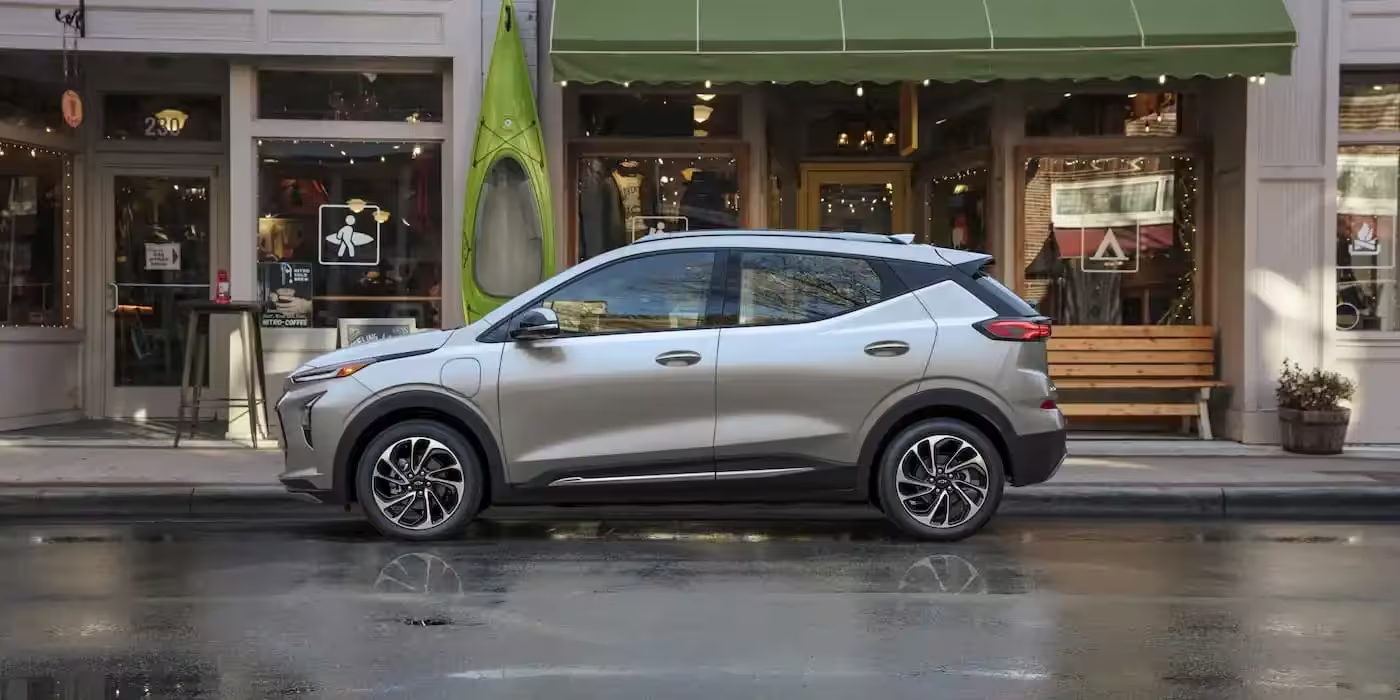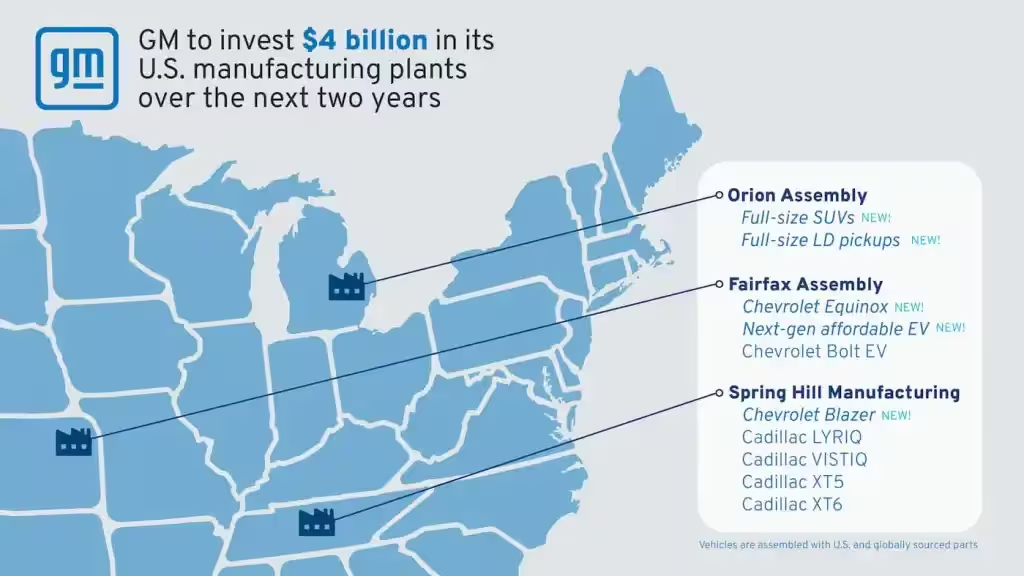5 Minutes
The Chevy Bolt EV's Next Generation: Powered by CATL's LFP Batteries
Chevrolet is set to make a major move in the electric vehicle (EV) landscape with the upcoming release of the new Chevy Bolt EV. Rolling off the production line at General Motors’ Fairfax plant in Kansas later this year, the new Bolt EV promises to deliver a more affordable, practical, and competitive electric vehicle experience for American drivers. A significant factor in achieving this is GM’s decision to utilize lower-cost lithium iron phosphate (LFP) batteries supplied by China’s CATL—at least for the initial model years.
Why CATL Batteries? The Drive Behind GM's Strategic Partnership
Battery technology is critical to the performance and price of any modern EV. For the new Bolt EV, GM has chosen to temporarily source batteries from CATL, a global leader in battery manufacturing, as the company ramps up its own battery production capabilities. While GM originally intended to manufacture these batteries domestically, delays in local production have led to this interim solution.
A recent Wall Street Journal report confirms that GM will rely on CATL’s LFP battery packs for at least the next two years. This decision keeps the new Bolt EV’s price competitive and ensures its place as one of the most accessible electric cars in the US market.
What Makes LFP Batteries Special?
LFP batteries offer considerable advantages for electric vehicles, with benefits including improved thermal stability, safety, and extended battery lifespan. Moreover, LFP cells are less expensive compared to other lithium-ion chemistries. This allows the Chevy Bolt EV to deliver a compelling range and performance at a lower cost—vital for budget-minded EV

buyers.
Design and Performance Enhancements
GM CEO Mary Barra has highlighted that the new Chevy Bolt EV arrives with more than just a battery swap. Significant upgrades include:
- Longer Driving Range: The revamped Bolt is expected to offer up to 300 miles of range, thanks partly to the enhanced efficiency and affordability of CATL LFP batteries.
- Faster Charging: Ultium platform integration and a built-in NACS port mean faster charging times and access to Tesla’s Supercharger network, making long-distance journeys more convenient than ever.
- Modernized Styling: Sleeker, more contemporary aesthetics ensure the Bolt EV stands out on city streets and highways alike.
Expected Specs at a Glance
- Starting Price: Around $30,000
- Estimated Range: Approximately 300 miles per charge
- Charging Port: NACS (Tesla Supercharger compatibility)
Production is slated to begin later this year, with the new Bolt EV expected to hit US showrooms in 2026.
Comparing Chevy Bolt EV in the US Electric Vehicle Market
With its attractive pricing and improved range, the new Chevy Bolt EV is positioned as one of the most wallet-friendly electric vehicles available. For reference, GM’s current budget EV, the Chevrolet Equinox EV, is among the top three best-selling electric cars in the United States, trailing only the Tesla Model Y and Model 3. The Equinox EV already established itself as "America’s most affordable 315+ mile range EV," starting just under $35,000.
The new Bolt EV aims to carry on—and possibly surpass—that legacy, cementing its role in making EV adoption more achievable for a broader audience.
The Global EV Battery Race: CATL's Market Dominance
CATL and fellow Chinese battery powerhouse BYD continue to lead the global EV battery market, commanding nearly 56% market share combined, according to SNE Research’s mid-2025 report. In contrast, South Korean suppliers like LG Energy Solution, SK On, and Samsung SDI have seen their market share shrink, highlighting the technological and cost advantages enjoyed by Chinese battery makers.
This trend has major implications for the US auto industry. Domestic automakers—including GM and Ford—are either licensing technology or temporarily importing LFP batteries to remain competitive, pending ramp-up of local battery manufacturing initiatives set for later this decade.

Market Impact and Outlook
Despite new tariffs and trade tensions, GM’s plan to temporarily import CATL batteries is strategically sound, ensuring the new Bolt EV remains affordable while allowing time for GM’s planned joint battery venture with LG Energy Solution. Analysts predict that, when factoring in other cost-cutting measures, the new Bolt EV should remain profitable or break even—even with higher import costs for its Chinese-sourced battery packs.
Will the New Chevy Bolt EV Match Its Predecessor's Success?
Industry observers eagerly await how the next-generation Bolt EV will perform at dealerships. Priced at about $30,000, the new Bolt stands poised to be one of the least expensive EVs in the country, making it a strong contender for budget-conscious drivers transitioning to electric mobility.
In summary, the new Chevy Bolt EV, powered by CATL LFP batteries, represents a promising, pragmatic approach to affordable electrification—combining accessible pricing, modern design, and robust range within a rapidly evolving automotive landscape.
Source: electrek


Leave a Comment